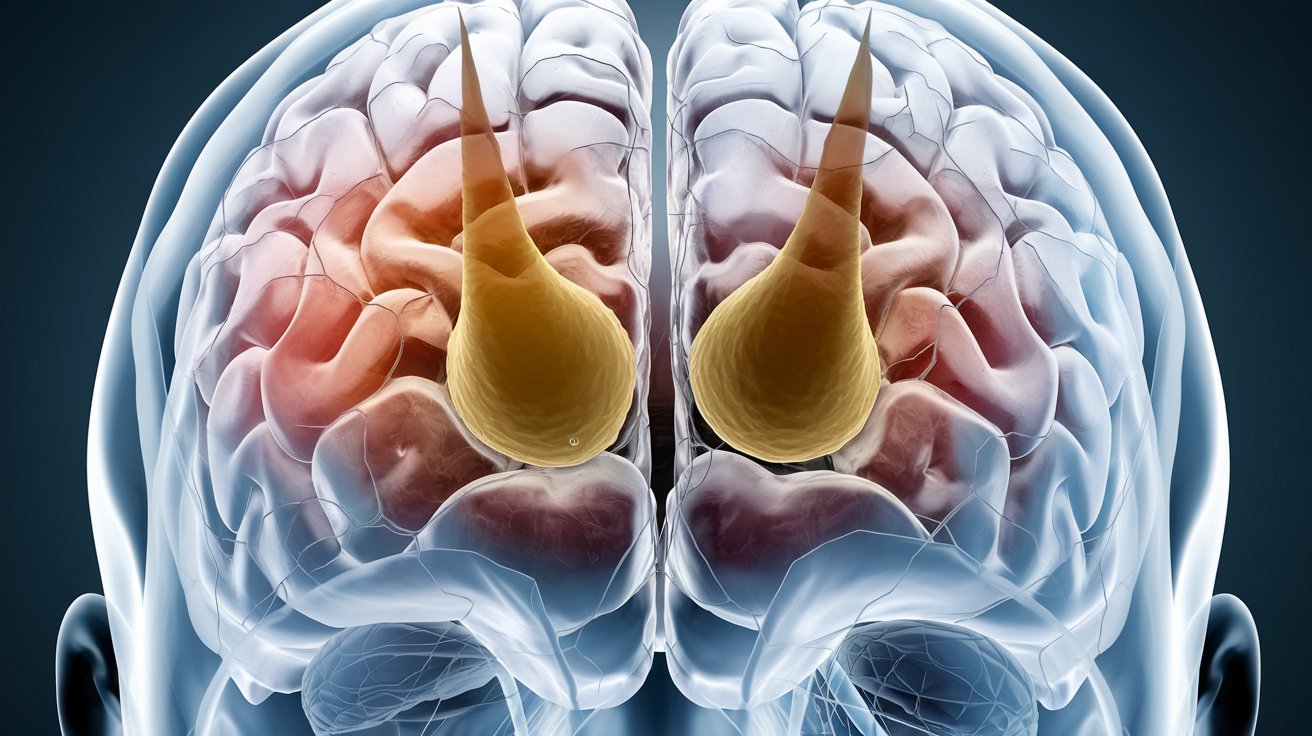
What is PAPA Syndrome? PAPA Syndrome, short for Pyogenic Arthritis, Pyoderma Gangrenosum, and Acne, is a rare genetic disorder causing severe inflammation. This condition, inherited in an autosomal dominant manner, stems from mutations in the PSTPIP1 gene. Symptoms often appear in childhood, with pyogenic arthritis being the first sign. Affected individuals may suffer from painful joint inflammation, stubborn skin ulcers, and severe cystic acne. Due to its rarity and varied presentation, diagnosing PAPA Syndrome can be challenging. Treatment focuses on managing symptoms through medications like biologics and immunosuppressive agents. Understanding this complex disorder is crucial for improving patient outcomes.
Key Takeaways:
- PAPA Syndrome is a rare genetic disorder causing severe inflammation, leading to joint damage, skin ulcers, and severe acne. Early diagnosis and targeted treatments can improve outcomes and quality of life.
- Genetic testing is crucial for diagnosing PAPA Syndrome, which involves recurrent episodes of arthritis, skin ulcers, and severe acne. Biologic treatments like canakinumab have shown significant efficacy in reducing inflammation.
What is PAPA Syndrome?
PAPA syndrome stands for Pyogenic Arthritis, Pyoderma Gangrenosum, and Acne. It's a rare genetic disorder causing severe inflammation. Let's dive into some key facts about this condition.
-
Definition and Classification: PAPA syndrome is an autoinflammatory disorder, not to be confused with autoimmune or immunodeficiency disorders. It involves recurrent episodes of sterile pyogenic arthritis, pyoderma gangrenosum, and severe cystic acne.
-
Genetic Basis: The PSTPIP1 gene mutation is the main culprit. This gene encodes a protein that interacts with PTP PEST, a tyrosine phosphatase regulating inflammatory responses. Mutations disrupt this interaction, leading to uncontrolled inflammation.
-
Inheritance Pattern: PAPA syndrome follows an autosomal dominant inheritance pattern. A single copy of the mutated gene can cause the condition, giving each child of an affected parent a 50% chance of inheriting it.
-
Prevalence: Extremely rare, with only a few dozen cases reported globally. Its exact prevalence is hard to pin down due to its rarity and variable clinical presentation.
Symptoms and Clinical Manifestations
Understanding the symptoms can help in early diagnosis and management. Here are the primary symptoms and their characteristics.
-
Age of Onset: Symptoms usually appear in childhood, with pyogenic arthritis being the most common initial sign. This typically occurs before puberty, around age 8.
-
Pyogenic Arthritis: Recurrent episodes of sterile pyogenic arthritis can lead to joint damage and deformity if untreated.
-
Pyoderma Gangrenosum: This involves painful, refractory skin ulcers that are tough to treat.
-
Severe Cystic Acne: Severe acne resistant to conventional treatments, often affecting the face, trunk, and other body areas.
-
Heterogeneity: Symptoms vary significantly among individuals. Some may experience all three symptoms simultaneously, while others may have only one or two.
Genetic Variations and Diagnostic Challenges
Diagnosing PAPA syndrome can be tricky due to its variability. Genetic testing plays a crucial role.
-
Genetic Variations: Several mutations in the PSTPIP1 gene cause PAPA syndrome, including p.Ala230Thr, p.Glu250Gln, p.Glu250Lys, and p.Asp266Asn.
-
Diagnostic Challenges: The heterogeneous nature of PAPA syndrome makes diagnosis difficult. It often requires clinical evaluation, genetic testing, and exclusion of other similar conditions.
-
Genetic Testing: Testing for PSTPIP1 gene mutations is essential for confirming the diagnosis and guiding treatment.
Treatment and Management
While there's no cure, various treatments can help manage symptoms and improve quality of life.
-
Biologics: Medications like canakinumab, targeting interleukin-1β (IL-1β), have shown significant efficacy in reducing inflammation and improving symptoms.
-
Immunosuppressive Agents: Drugs such as corticosteroids and cyclosporine help control inflammation and manage skin ulcers.
-
Topical Treatments: For acne, topical retinoids and antibiotics may be prescribed. For pyoderma gangrenosum, wound care and dressings are essential.
-
Prognosis: Varies depending on symptom severity and treatment effectiveness. Early diagnosis and aggressive management can improve outcomes and reduce long-term complications.
Family History and Demographics
Family history and demographics can provide clues for diagnosis and understanding the condition's impact.
-
Family History: A family history of PAPA syndrome increases the likelihood of diagnosis. However, many cases are sporadic, occurring in individuals without a known family history.
-
Sex Ratio: Slight male predominance, with a sex ratio of approximately 2:1 (male to female).
-
Age at Diagnosis: The average age at diagnosis is around 33 years, although symptoms can be present for many years before a definitive diagnosis is made.
Acne and Skin Conditions
Skin conditions are a significant part of PAPA syndrome, affecting patients' quality of life.
-
Acne Phenotype: Acne typically appears during puberty and can be severe, often involving the face and trunk. About 80% of cases have severe acne.
-
Pyoderma Gangrenosum: Painful, refractory skin condition presenting as large, necrotic ulcers, often occurring during or after puberty.
Rare Variations and Research
Ongoing research aims to better understand PAPA syndrome and develop more effective treatments.
-
Rare Variations: Besides common mutations, rare variations like E250Q and E250K in the PSTPIP1 gene can also cause PAPA syndrome, presenting with different clinical phenotypes.
-
Infevers Database: A web-based resource documenting and updating the genotype and phenotype of autoinflammatory diseases, including PAPA syndrome. It helps track and understand genetic and clinical characteristics.
-
Pathogenesis: Involves disruption of the interaction between PSTPIP1 and PTP PEST, leading to uncontrolled inflammatory responses.
-
Treatment Response: Patients often respond well to biologic treatments like canakinumab, highlighting the importance of early genetic testing and targeted therapy.
Understanding PAPA Syndrome
PAPA syndrome, a rare genetic disorder, brings significant challenges due to its severe symptoms like pyogenic arthritis, pyoderma gangrenosum, and cystic acne. With its autosomal dominant inheritance, a single gene mutation in PSTPIP1 can trigger this condition. Early symptoms often appear in childhood, making timely diagnosis crucial. Genetic testing plays a vital role in confirming the disorder and guiding treatment.
Managing PAPA syndrome involves a mix of biologics, immunosuppressive agents, and topical treatments. Though there's no cure, these therapies can help control inflammation and improve quality of life. The condition's rarity and variability make it challenging to diagnose, but awareness and research are paving the way for better understanding and management.
Living with PAPA syndrome isn't easy, but ongoing research offers hope for more effective treatments. Early intervention and comprehensive care can significantly improve outcomes for those affected.
Frequently Asked Questions
Was this page helpful?
Our commitment to delivering trustworthy and engaging content is at the heart of what we do. Each fact on our site is contributed by real users like you, bringing a wealth of diverse insights and information. To ensure the highest standards of accuracy and reliability, our dedicated editors meticulously review each submission. This process guarantees that the facts we share are not only fascinating but also credible. Trust in our commitment to quality and authenticity as you explore and learn with us.


